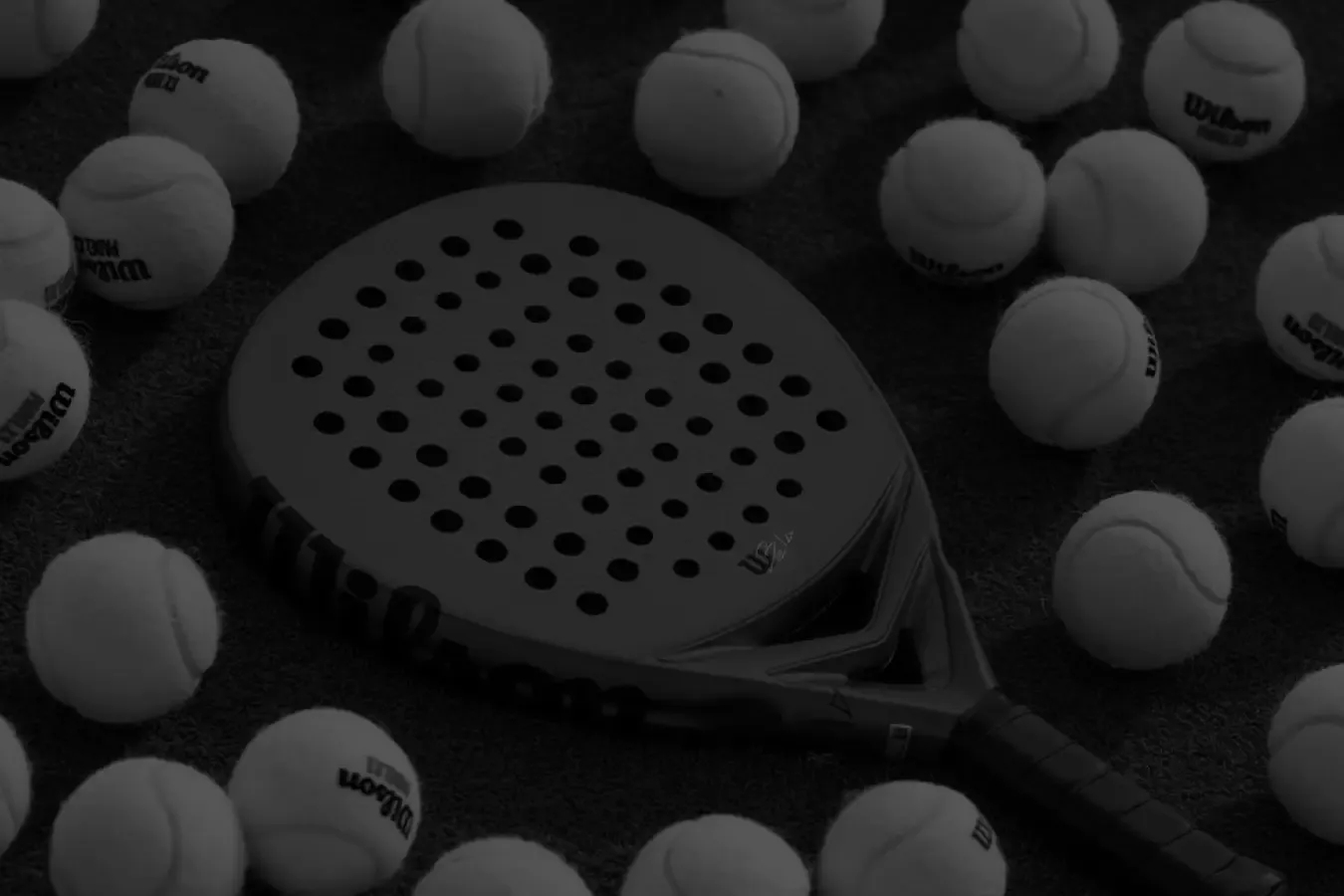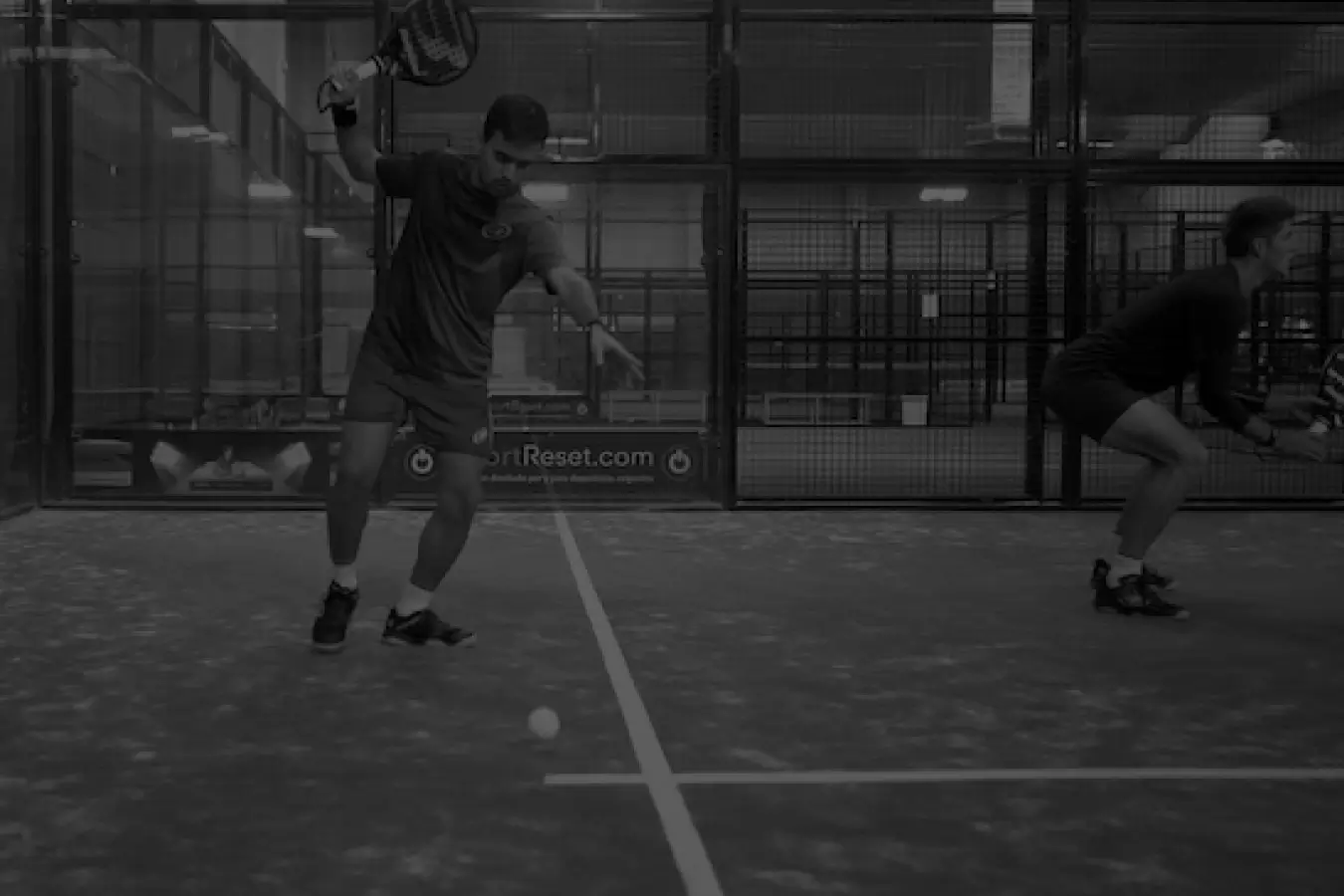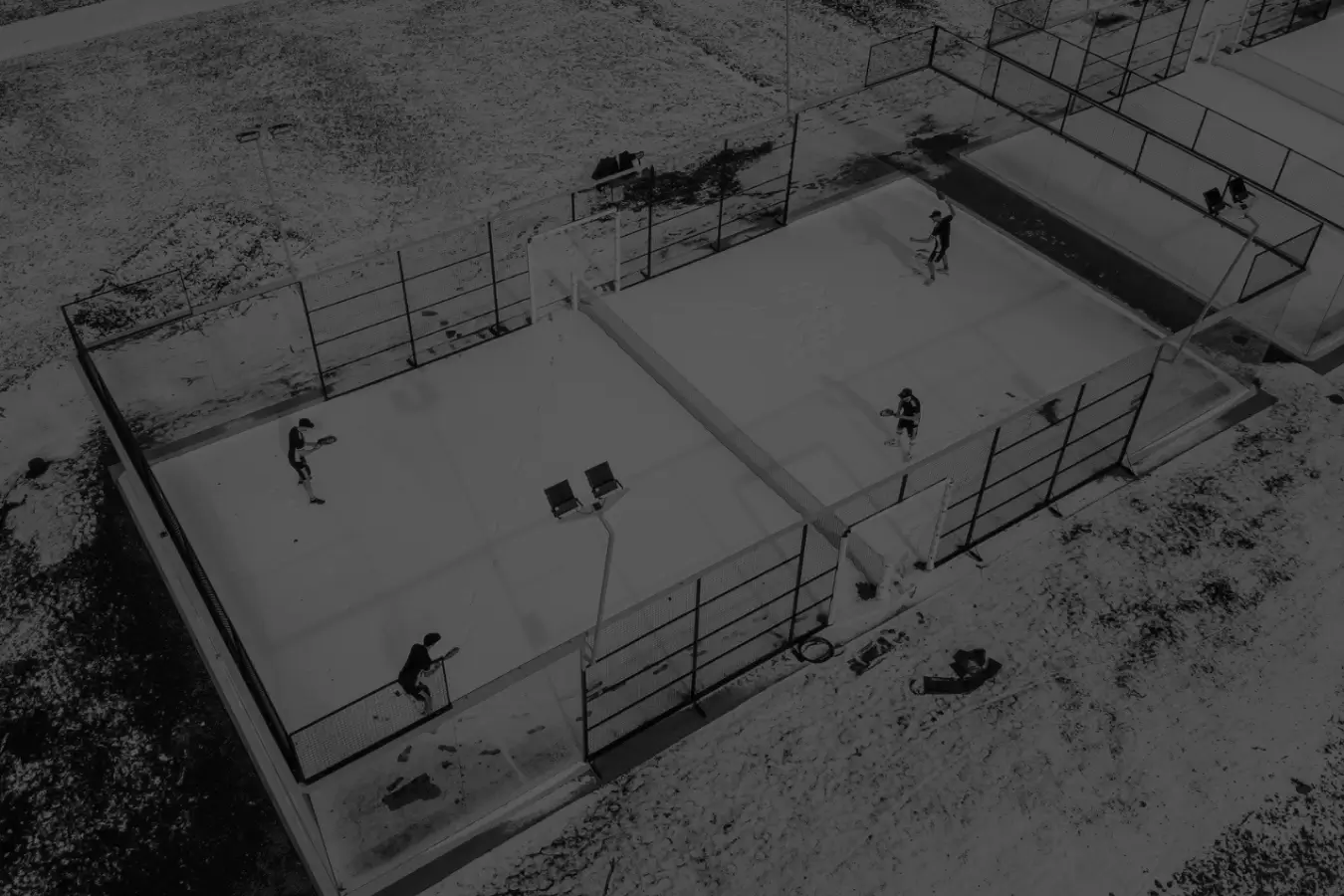Padel Strategy Lessons: How to Play Smart and Win Big
There’s a moment in every padel match when you realize it's not just about hitting the ball. It’s like that scene in a movie where the hero suddenly sees the bigger picture, everything clicks into place, and they just know what to do. That’s what good padel strategy feels like—a lightbulb moment where the game stops being chaotic and starts making sense. But how do you get there? Let’s break it down.
The Basics: Control the Net, Control the Game
If you’ve heard it once, you’ve heard it a thousand times: padel is won at the net. But it’s not just about getting there—it’s about staying there and owning it like you’ve just been crowned king (or queen) of the court.
When you and your partner move up to the net, you’re essentially forcing your opponents to play defense. They’re stuck trying to lob or pass you, which is hard when you’re both in sync, covering the court like pros. The trick is to move up together, as a unit, after every decent shot. And when you’re up there, don’t get lazy—stay alert, communicate, and be ready to volley anything that comes your way.
The net isn’t just a place you go, though; it’s a state of mind. It’s where you win points, put pressure on your opponents, and turn the tide of the game. But, and this is crucial, it’s also where you need to be the most strategic.

Be the Puppet Master: Control the Tempo
A lot of players make the mistake of trying to play fast all the time. They think if they hit harder or faster, they’ll overwhelm their opponents. But padel is a game of control, not chaos.
One of the best strategies is to dictate the pace of the game. Sometimes, that means slowing it down, giving yourself time to position, and making the opponents run around like headless chickens. Other times, it means speeding things up to catch them off guard. The key is to be the one who decides when the game goes fast or slow.
You can do this with your shot selection—throw in a few slow lobs, followed by a fast volley at the net. Mix up your rhythm. Keep them guessing, and you’ll always have the upper hand.
Work with Your Partner, Not Against Them
Padel is not a solo sport. I know, this seems obvious, but you’d be surprised how often people play like their partner doesn’t exist. Good communication and teamwork are half the battle. Think of yourselves as a two-person army, working together to defeat the other side. If you’re not talking or signaling to each other, you’re missing out on a huge part of the game.
One of the biggest mistakes players make is not covering each other properly. If your partner is pulled out wide to return a shot, you need to slide over and cover the middle. This simple movement can stop your opponents from hitting through the gap and scoring easy points. Watch out for this, and always stay in sync.

The Lob: Your Best Friend and Worst Enemy
The lob is an art form in padel, and if you’re not using it, you’re missing out on one of the most effective strategies in the game. A well-placed lob can force your opponents back, give you time to move up to the net, and even win points outright if they mishandle it.
But, like any good thing, too much can be a disaster. If your lob is too short, you’re handing your opponents a golden opportunity to smash it back at you. So, use the lob wisely—mix it into your game to keep your opponents on their toes, but don’t rely on it too heavily.

Target the Weaker Player
Every team has a weaker link. It might sound harsh, but one of the most effective strategies is to target the player who’s struggling. Maybe they’re not as quick on their feet, or their backhand is a little shaky—whatever the weakness, exploit it. This doesn’t mean playing unfairly, but it does mean playing smart.
You’ll notice that the pros constantly switch up their shots based on who’s in the better position to return. This is where communication with your partner comes in again—work together to pick apart your opponents’ weaknesses. If you notice one player is particularly bad at handling lobs, keep sending them up high. If someone struggles with volleys, get them in that uncomfortable position as often as possible.
Stay Patient: Let Your Opponents Make the Mistakes
Sometimes, the best strategy is to simply not lose. This sounds odd, but it works. You don’t always have to hit winners or make flashy plays. Just keep the ball in play, stay consistent, and let your opponents be the ones to crack under pressure.
Padel is a game where errors can pile up fast. If you can avoid making too many mistakes yourself, you’re already ahead. Often, the longer the rally, the more likely the other team will slip up. Stay calm, stay consistent, and you’ll see them start to crumble.

Adapting to Your Opponents: Learn on the Fly
One of the biggest differences between good players and great players is their ability to adapt. You might come into a match with a game plan, but what happens when your opponents completely throw you off? The best padel players can adjust on the fly.
If you’re up against opponents who love to lob, you might need to hang back a bit more to counter those high balls. If they’re aggressive at the net, you might need to use more passing shots or drop volleys. The point is, be flexible. Every match is different, and being able to change your strategy mid-game can make the difference between winning and losing.
Frequently Asked Questions About Padel Strategy
How important is communication with your partner in padel?
It’s crucial. Good communication keeps you in sync with your partner, helps you cover the court better, and prevents confusion during the game.
Should I always aim for the net in padel?
Yes, but only when the timing is right. The net is where you can dominate, but rushing to the net without a strong approach shot can backfire.
What’s the best way to handle opponents who constantly lob?
Patience and positioning. Stay a little further back, and work on hitting aggressive smashes or smart drop volleys to counter their lobs.
Is the lob an effective strategy in padel?
Absolutely, but only if used strategically. A good lob can force opponents off the net, but a bad lob can lead to an easy smash for them.
How can I adapt my strategy during a game?
Pay attention to your opponents' strengths and weaknesses. If something isn’t working, don’t be afraid to switch tactics mid-game.















Discussion